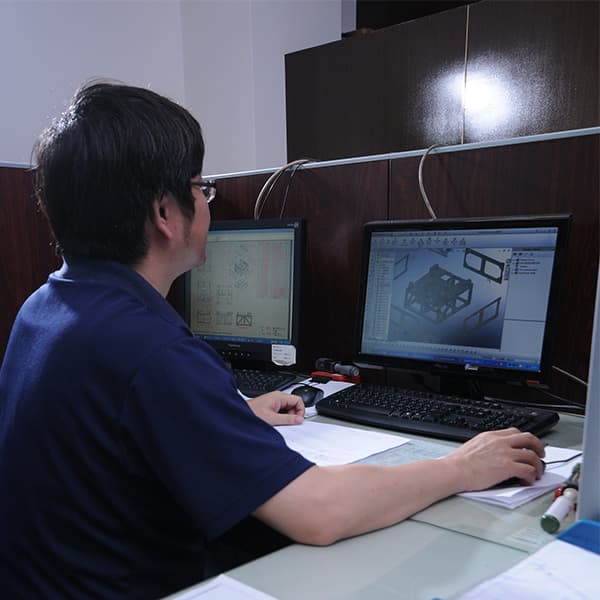Laser Engineering

Sheet metal laser engineering is a process in sheet metal fabrication that uses laser cutting technology to perform material cutting. The desired shapes to be cut are edited using CAM (Computer-Aided Manufacturing) software and arranged for efficient nesting. This method is commonly applied in cutting, punching, and engraving processes during sheet metal fabrication to achieve precise and efficient results. Here are some key points about laser nesting in sheet metal fabrication:
Laser Cutting
Laser nesting is primarily used for the cutting process in sheet metal fabrication. By using a high-energy laser beam, the sheet metal material can be accurately cut, allowing for the production of various shapes and sizes of sheet metal components. Laser cutting can be applied to various types of sheet materials, including steel, aluminum, and stainless steel.
Entering 21st century, an era of internet, when the global awareness of the issues about environmental protection, humanistic consideration, operator safety and requirements of appearance is on the rise, CNC machinery is in its stage of thriving development in Taiwan, thus enabling machine tool manufacturers to gain access to different requirements and viewpoints of "mechanical sheet metal."
Programming and Nesting
Laser cutting requires programming and nesting design. Using CAM software, the desired shape and dimensions of the sheet metal components can be designed, and the cutting path that the laser cutting machine can recognize can be generated. This enables accurate cutting and processing on the sheet metal material.
Cutting Precision and Speed
Laser cutting technology enables high precision in sheet metal nesting. The high energy and concentration of the laser beam allow for fine and precise cutting lines while maintaining a narrow cutting width. At the same time, laser cutting is relatively fast, improving the efficiency of sheet metal fabrication and enabling real-time production for flexible manufacturing.

The laser cutting process is often combined with automation equipment and systemization to achieve real-time production and high-efficiency manufacturing. It can be further integrated with automated robotic arms, conveyor belts, or storage systems to improve machine utilization rates.
Management and Maintenance
Regular inspection and maintenance of laser equipment are necessary to ensure its proper operation and stable cutting performance. Additionally, safety precautions must be followed, including compliance with laser safety regulations and ensuring that operators receive relevant training and have necessary protective measures in place.
- No.92-2, Guangqi Rd., Shengang Dist., Taichung City 429, Taiwan (R.O.C.)
- TEL: 886-4-2525-2052
- FAX: 886-4-2528-4500
- E-Mail: brian@ju-sheet.com.tw














